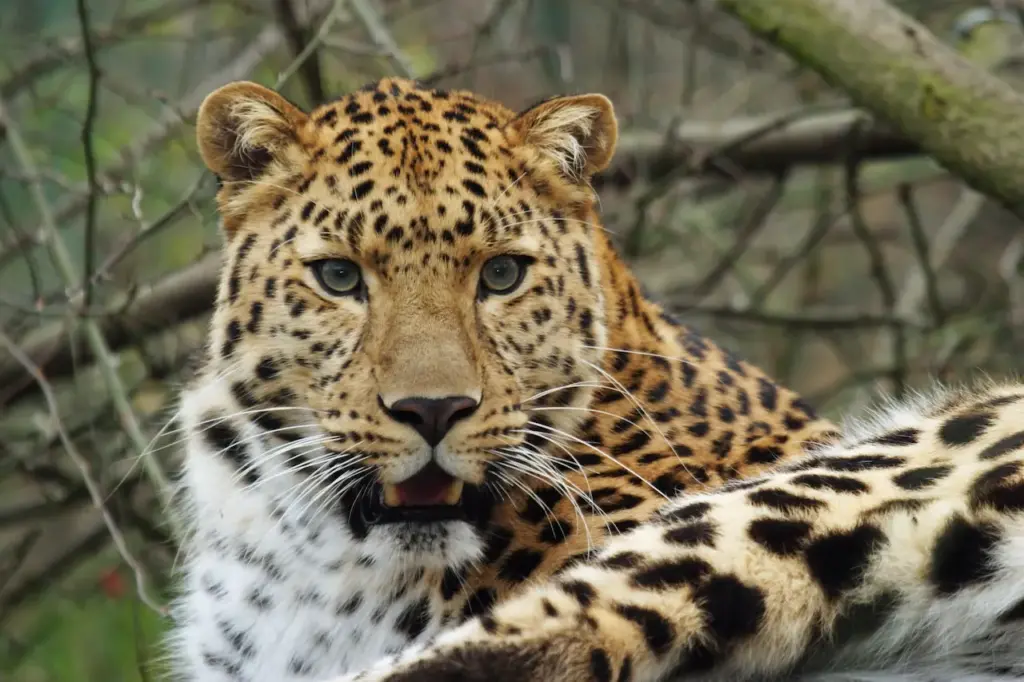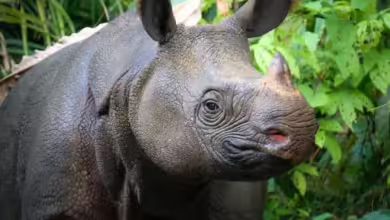Siberian Fires Threaten Amur Leopard and Tiger
Siberian Fires Threaten Amur Leopard and Tiger
Forest fires burning out of control in Russia’s Far East in 2008 and 2009 have further endangered two animals on our Top 10 Endangered Species List: The Siberian tiger, of which fewer than 600 remain in the wild, and the critically endangered Amur leopard, (#2 on our list) whose wild population numbers just 40.

Critically Endangered Big Cats Lose Habitat
The World Wildlife Federation (WWF) is reporting that about one-third of Russia’s remote southwest Primorye region burned in forest fires between the fall of 2008 and the spring of 2009. Southwest Primorye is home to the last 40 or fewer remaining Amur leopards—the #2 animal on All About Wildlife.com’s Top 10 Endangered Species List—as well as some of the remaining 500 or so Siberian tigers. The Siberian tiger is #8 on our Top 10 Endangered Species List.
Among portions of southwest Primorye that were destroyed include about 11 percent of Leopardovyi federal wildlife refuge, the region’s primary preserve for the Amur leopard.
Although the WWF does not mention the causes of the fires, other news sources strongly indicate human involvement rather than such natural fire-starters as lightening strikes. Fires can be started accidentally, through carelessness, or by sparks created by vehicles and other equipment. Most of the southwest Primorye fires appear to have begun near human settlements.
Some of the forest fires may have also been started by arsonists. Logging companies in Russia’s Far East often are able to purchase inexpensive permits to salvage the timber in otherwise-protected areas that have been burned. The salvage permits provide an opportunity and a motive for unscrupulous timber-harvesters.
Another reason for the extensiveness of the burning is that the federal and local governments lack fully adequate resources for detecting and fighting wildfires in the region.
While cycles of natural fires play an important role in the health of forests and grasslands the world over, repeated burning caused by humans rather than nature not only prevent the regeneration of forests, but also change the composition of trees and other plant species that grow in the forests.
Primorye Province is the southernmost portion of Russia’s long eastern coast. The narrow province is bordered on the south by northern North Korea and on the west by China. Read the WWF news release and see a map of southwest Primorye and the areas affected by wildfires. The amounts and locations of destroyed forest were determined by using data gathered by satellite.



